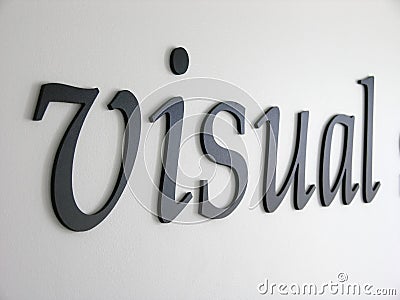Steingo, Gavin (2010) Re-presenting mixed tapes and CDs. Coverscaping: Discovering Album Aesthetics. Asborn Gronstad and Oyvind Vagnes, Eds. Copenhagen: Museum Tusculanum Press.
Steingo addresses mix compilations (mix tapes), specifically mix tapes that are created and shared person-to-person, focusing on the design of the complication. Much of the scholarship on mix tapes has focused on what’s “on”/inside of the mix rather and ignored what is “on” /outside of the mix. He argues that presentation plays a significant part in the production and exchange of mix tapes. Focusing on the process of creating the mix, Steingo deconstructs the process and makes distinctions and connections between the ‘inside’ and ‘outside’ of the mix tape. The music and the mix cover are presented “as two texts of equal importance” which are somehow thresholds of each other” (92). Steingo presents his analysis in terms of paratextuality. He defines paratext, via Gerad Genette, as an “undefined zone” that is “porous.” In this context, “the cover of the mix is certainly a paratext in that it surrounds and extends the (musical) text” (92). The content of mix tapes often come from songs that are already available to the public. The covers for the handmade mixes that Steingo explores also utilize images readily available to the public. Using Frederic Jameson’s discussion of end autonomous subject and Jean-Francois Lyotard’s intensities, Steingo argues that mixes are “the end of style” and move toward “free-floating and impersonal.” The mixer “uses impersonal cultural products personally” (93). Mixes, although one-to-one, are cultural products. They rely on remaking and remixing existing cultural products. Thus, authorship and subjectivity can be called into question. The process of creating a mix, both the context and cover is akin to creating second order semiological systems. Steingo argues that in creating mixes, the user understands that the song or image serves as a sign that becomes a signifier as it enters the mix. Through his research, Steingo discovered two types of mix covers: the mix that lacks a cover and mixes “created by people of various classes and racial backgrounds. The first mix type of mix is known to be masculine, white, and middle class. The mixing of music for the content is considered masculine, but the design of the cover was considered feminine. In regards to the second over, the mixers focused as much on the content as the cover. The creators for these types of mixes are known to be diverse and do not subscribe to the white, middle-class, masculine construction of mixes. For them, the creative process involves all aspects of the mix. There is no feminine and masculine dichotomy. These mix cover artists utilize “pictures from popular press, photography (of themselves or others), small sketches, and words. Some mixers[…]appropriate cultural products in such a ways that those products constitute a particular (personal) signature” (100-101).
Steingo deconstructs and theorizes the creative process of mixing. His work is useful for my larger project because he makes a solid argument for significance of the mixtape cover. Utilizing the history of mix tapes and scholarship on film, design, and semiology, Steingo creates a good framework for examining other types of mixtapes. Although he focuses on personal, hand-crafted mixes rather than mass produced mixes, his work on semiological systems can be expanded to examine the levels of meaning for mass produced mixes. I am particularly interested in his use of paratextuality to emphasize the significant role that the cover art plays in the creation and reception of the mixtape. In regards to the course, I think Steingo’s work adds to our discussion of the paratext and Barthes’ conceptualization of semiological systems.

